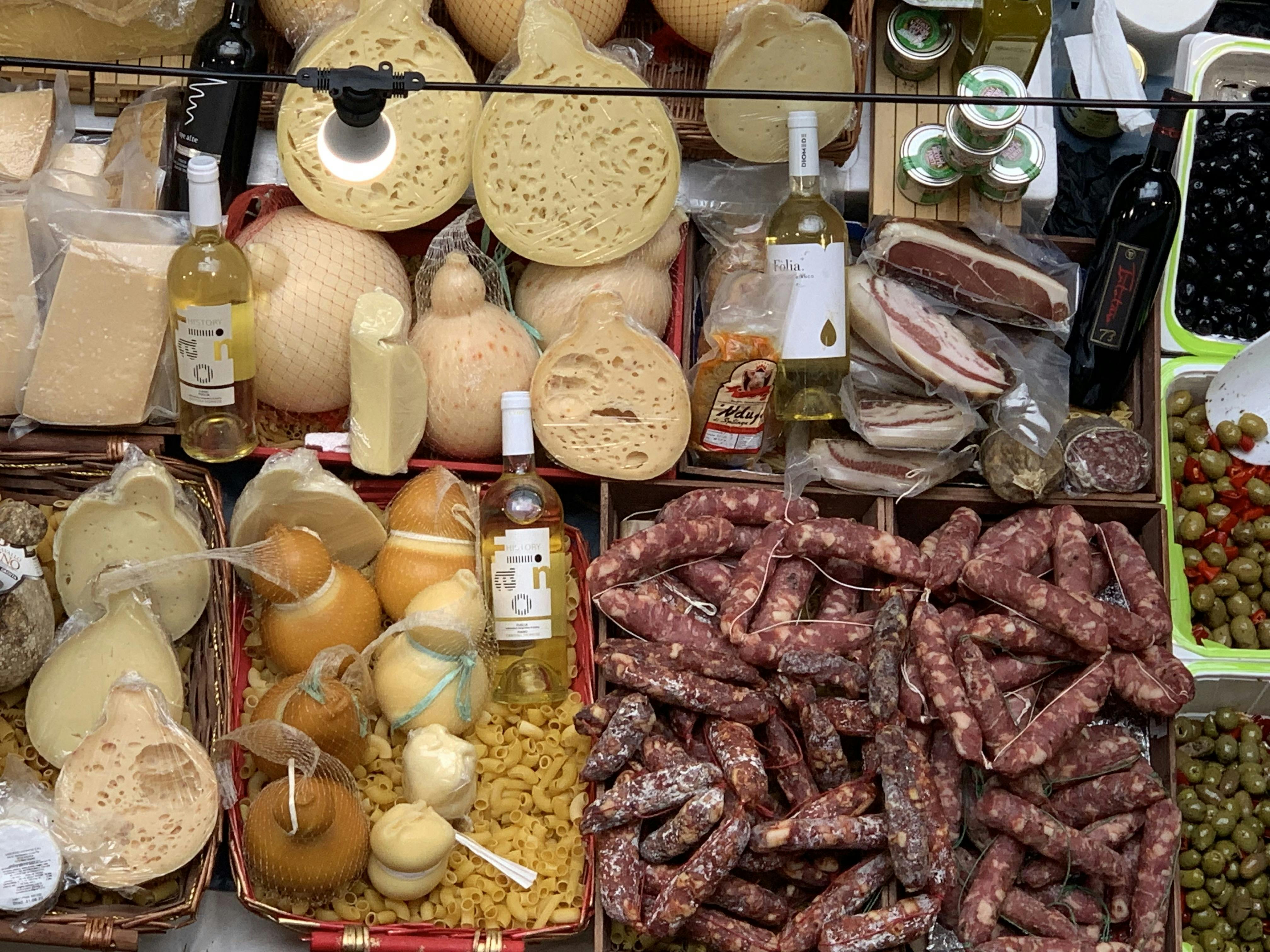
“Made in Italy”: From Pandoro to Pasta in NYC and Beyond
By Robert Barletta“Made in Italy” isn’t just a label—it’s a testament to centuries of artisanal craftsmanship, cultural richness, and culinary dedication. In a world increasingly dominated by mass-produced food, this hallmark remains a gold standard for quality, authenticity, and tradition. From the streets of New York City to global markets, the magic of Italian food continues to enchant palates and fuel a booming industry driven by its culinary treasures—pandoro, pasta, and everything in between. However, the continued success of these products depends on more than just their inherent quality—it requires effective and authentic marketing that emphasizes the unique story behind each item.
New York City, often seen as a melting pot of cultures, has long been a thriving hub for Italian cuisine. With Italian immigration in the late 19th and early 20th centuries, generations of Italians brought their food traditions to the U.S., firmly planting the seeds of a culinary revolution. Today, iconic Italian foods such as artisanal pastas, rustic breads, and delicate pastries are ubiquitous. Yet, they aren’t just mass-produced knockoffs—restaurants and specialty stores in NYC and beyond are actively importing and celebrating true “Made in Italy” products, preserving the authenticity and flavor profiles that make Italian cuisine unique. Marketing these products effectively means ensuring consumers understand and appreciate that distinction.
Take the beloved pandoro, a traditional sweet bread associated with the holiday season. In NYC, many bakeries and gourmet stores ensure they carry only the finest imported versions from cities like Verona, where this dessert has been perfected over generations. Unlike the imitations found in generic supermarkets, true Italian pandoro is made from a delicate dough that relies on high-quality butter, flour, and eggs, each step of its production carefully regulated to meet Italy’s strict culinary standards. For many, buying and tasting these imports is more than just a festive treat—it’s an indulgence in Italian heritage itself.
The challenge, however, is getting consumers to understand why paying a premium for these products is worthwhile. Effective marketing plays a critical role here. Retailers and restaurants must go beyond simply labeling something as “Made in Italy” and focus on storytelling—bringing the history, tradition, and artisanal craftsmanship to the forefront. Whether it’s the centuries-old recipe behind pandoro or the unique production methods for DOP (Denomination of Protected Origin)-certified pasta, Balsamic vinegar of Modena or extra virgin olive oil, the story behind the product is what connects consumers to the culture and value of the food. Highlighting the people, regions, and even the slow processes behind these delicacies can deepen consumers’ appreciation and willingness to bring authentic Italian products into their everyday lives.
Similarly, pasta—arguably the cornerstone of Italian cuisine—has undergone a renaissance, with “Made in Italy” once again playing a pivotal role in how consumers perceive quality. While pasta is readily available worldwide, the unique textures, flavors, and methods involved in producing Italian pasta—from bronze die-cut extrusions to artisanal drying techniques—set it apart. It’s not just the flavor that distinguishes “Made in Italy” pasta, but the heritage it carries with it. In New York’s top Italian restaurants and gourmet shops, pasta varieties like pappardelle and orecchiette are often handmade or imported from regions like Emilia-Romagna and Puglia, where traditional pasta-making techniques have been handed down for centuries.
To effectively market these products, it is crucial to educate consumers on the difference between mass-produced pasta and its artisanal counterparts. Highlighting the DOP and IGP (Protected Geographical Indication) certifications, which guarantee that a product is authentically produced in specific regions, can assure customers of their quality. Displaying this certification prominently in both physical stores and online marketplaces helps reinforce trust in the product’s authenticity and allows it to stand out in a crowded marketplace.
In addition to storytelling and education, marketing strategies should leverage the growing consumer demand for sustainability and traceability in food production. Many “Made in Italy” products are made by small, family-owned businesses that prioritize traditional, environmentally conscious farming and production techniques. Marketing these values—whether through clear labeling, transparent sourcing, or even interactive digital tools that allow customers to trace the origins of their purchases—can resonate deeply with modern, ethically-minded consumers.
Moreover, Italian food is more than just sustenance; it’s a lifestyle. In NYC, the influence of Italian craftsmanship is not only found in restaurants but also in vibrant food markets like Eataly, where shoppers can immerse themselves in the full spectrum of Italian gastronomy. Here, “Made in Italy” extends beyond pasta and pastries to a vast array of products. These ingredients aren’t merely commodities; they are symbols of the integrity, care, and pride that the Italian food industry imbues into its exports.
By offering consumers an immersive experience where they can taste, touch, and learn about the products, marketers can create a deep emotional connection between the customer and the food. Whether through in-store tastings, chef-led cooking demonstrations, or virtual content that highlights Italian regions and cooking techniques, marketing Italian food must go beyond the product itself to offer a cultural and sensory experience.
Finally, leveraging digital platforms to showcase authenticity is crucial. Social media campaigns featuring Italian chefs or bakers, cooking tutorials, and behind-the-scenes glimpses of Italian food production can effectively reach a global audience. Influencers who genuinely appreciate and use Italian products can lend credibility to marketing efforts, while collaborations with high-end restaurants or gourmet chefs can further elevate the brand and its products.
The appeal of “Made in Italy” has transcended borders, and with the right marketing strategies, it will continue to capture the hearts and palates of food lovers worldwide. By emphasizing authenticity, tradition, and quality—and telling the unique stories behind each product—marketers can ensure that the world’s growing appreciation for Italian cuisine is not only sustained but also amplified.
Barletta leads Marino’s Consumer Food and Beverage Division and is a market entry specialist.